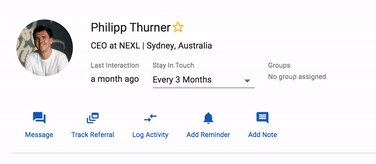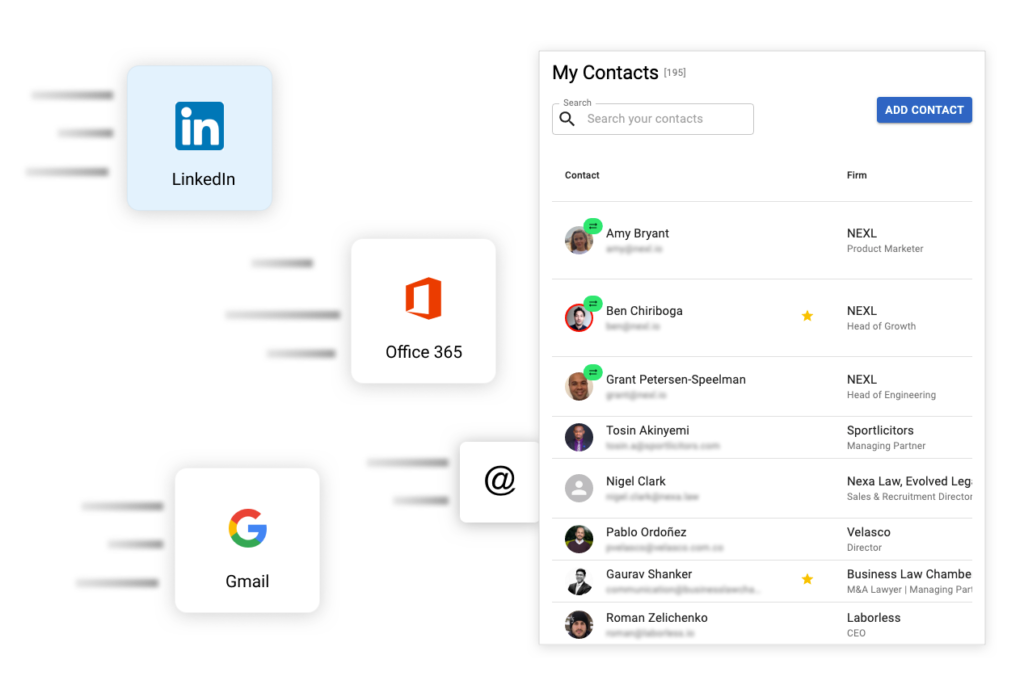Having a large and broad network is a valuable asset, but how many do you actually maintain close contact or strong professional relationships with? And just think out of all the contacts you have built over the course of your career, how many could be potential business opportunities?
All is not lost. The best way towards successful business development is to organise your contacts into a management tool and then track your relationships with key contacts.
Part 1 – Organise Your Contacts
Use your contact management system to segment your contacts into groups based on their relationship to you. That way, you can set reminders and tasks relevant to each group, and maintain an easy process for keeping in touch.
Groups (example)
Industry acquaintances
University contacts
Co-counsel or opposing counsel
Past colleagues
Social acquaintances
Past and present referral source
Next, let’s go a little deeper and prioritise contacts based on how important or relevant, and how often you would like to maintain engagement.

Part 2: Track Your Relationships
You can now track your relationships in a structured process using your personal or firm CRM. Here are some platforms you can use:
Excel
Outlook
NEXL
Other CRMs
Now that you created a clear structured organised contact database, you should now identify who are your most valuable or top contacts – and create an action plan. Your action plan details who you’re going to invest time in, what your business development goals are and how you are going to do it.
For example, you can select contacts who may be potential referral sources or an old colleague you haven’t seen within a while, and set reminders to schedule a meeting. In NEXL you can create auto-reminders so you don’t have to worry about forgetting dates or information.
It’s also valuable to write down some details about your contact, and record what you discussed when you last met. This means you can keep track of relevant information and key facts that may be of use down the track. It will also mean that you can pick up where you left off and have personal information bout them for when you meet again.
Lastly, remember to keep track of your efforts with your contacts, so you can pinpoint stronger leads, or areas for improvement. Make time to revisit your list frequently to see progress you’ve made and make changes where needed.
Give our personal CRM a try – we’d love to hear about your own techniques for managing contacts.






